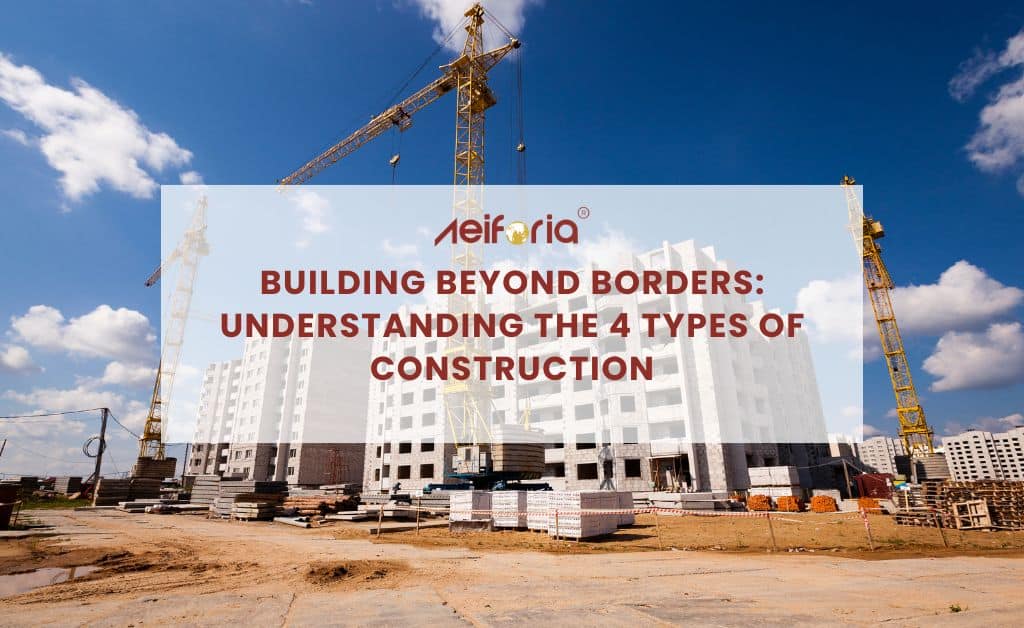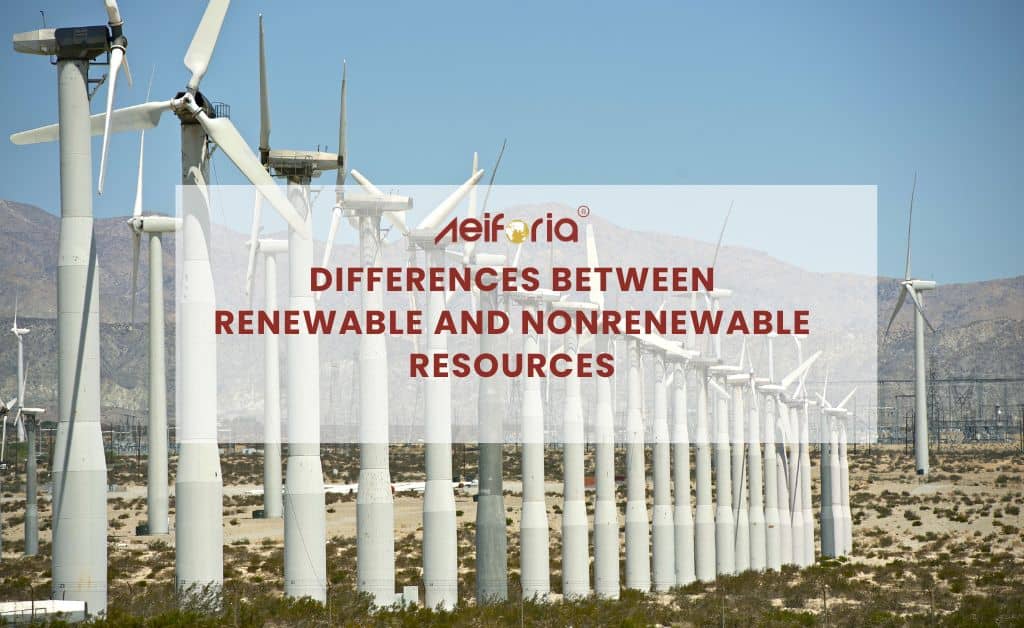
Virtual Reality in Construction
The technology of virtual reality (VR) technology has been creating a significant impact in various sectors, including the construction industry. With its ability to create realistic simulations and interactive environments, VR is increasingly being used by construction companies to improve safety, reduce costs, and enhance customer experience. This article will explore ten ways virtual reality can be utilized in the construction industry.
What is Virtual Reality(VR) Technology in Construction
Virtual reality is a computer-generated three-dimensional (3D) environment that can be explored and interacted with using specialized electronic equipment, such as headsets and gloves. In the construction industry, virtual reality can be used to create a digital replica of a construction project, which can be used to simulate various scenarios and analyze potential problems. By doing so, construction professionals can make informed decisions and minimize project risks.
How Virtual Reality Used in Construction Industries?
3D Virtual Walk-Throughs of Buildings and Sites
One of the most significant ways virtual reality can be used in the construction industry is by creating 3D virtual walk-throughs of buildings and sites. This technology allows clients, engineers, and architects to experience the building before it is constructed. Architects and engineers can create a virtual model of the building, including its layout, materials, and lighting. Clients can then walk through the virtual model, examining the design and making changes before construction begins. This technology allows for a more collaborative and accurate design process, reducing the risk of costly mistakes and delays.
Planning and Designing
VR can also be used in a construction project's planning and design phase. VR technology allows architects and engineers to create a virtual model of the building and test different design scenarios. This technology enables them to identify potential design flaws and make necessary changes before construction begins. VR technology can also simulate other environmental conditions, such as lighting and weather, to ensure the building is designed to withstand all conditions. This process can save time, money, and resources in the construction process.
Minimizing on-site Visits
One of the biggest challenges that construction companies face is the need for frequent on-site visits. These visits can be time-consuming and costly, especially if they involve travel to remote locations. However, with virtual reality, it is now possible to minimize on-site visits without compromising on quality.
Using VR headsets, engineers, architects, and project managers can remotely access construction sites and review progress in real-time. They can also use VR to conduct virtual inspections and identify potential safety hazards before they become a problem. This reduces the need for on-site visits and improves overall project efficiency.
Improving Customer Experience
Another way VR can be used in the construction industry is by improving the customer experience. Customers often need help visualizing the final product when looking at 2D plans or blueprints. This can lead to misunderstandings and miscommunications, delaying the project and increasing costs.
However, with VR, customers can experience a realistic 3D model of the final product before construction even begins. This lets them see the project from all angles and make real-time changes. It also helps them to better understand the project and feel more confident in their decisions, leading to greater customer satisfaction.
Better Construction Management
Virtual reality can also be used to improve construction management. By creating a digital twin of the project, project managers can track progress and identify potential issues before they arise. They can also use VR to simulate different scenarios and test the impact of changes in real time.
This improves project efficiency and reduces the risk of errors and delays. It also allows project managers to make more informed decisions and allocate resources more effectively.
Better Safety and Training
VR can improve safety and training in the construction industry. By creating realistic simulations of potential hazards, workers can be trained to identify and respond to safety risks before they occur. They can also be prepared in a safe and controlled environment on new equipment and procedures. This improves worker safety and reduces the risk of accidents and injuries. It also helps to improve overall job performance and productivity.
Saving Costs and Time
The construction industry is notorious for its high costs and time-consuming processes. VR can help save costs and time by providing a virtual environment to simulate construction activities. With VR, architects, engineers, and contractors can virtually construct and test their designs before physically building them. This can save considerable costs by detecting errors and identifying potential design flaws before starting construction.
Moreover, VR can accelerate construction by allowing workers to train virtually before on-site work. This can help them gain valuable experience and skills before starting the construction process, which can help save time and reduce errors during the actual construction process.
Enhanced Collaboration and Communication
Collaboration and communication are crucial for successful construction projects. However, traditional methods of communication, such as emails, phone calls, and drawings, can be challenging to interpret and prone to miscommunication. VR can provide an immersive and interactive platform for collaboration and communication.
Using VR, the client, engineer, or contractor can visualize and interact with 3D models of the construction project, providing a more intuitive and detailed understanding of the design. This can improve communication, collaboration, and a greater sense of shared knowledge.
Equipment and Material Simulation
Virtual reality can also be used to simulate construction equipment and materials. This allows construction professionals to test different scenarios and outcomes without needing physical testing, saving time and money. Equipment and material simulation can also help identify potential safety hazards and design flaws before they become problems, ultimately improving overall safety and efficiency in the construction industry.
Increasing Quality
The quality of construction projects can often be compromised due to design errors, construction errors, and communication breakdowns. VR can help increase the quality of construction projects by enabling engineers to detect and correct design and construction errors before construction begins.
Using VR, engineers can test and refine their designs, ensuring they meet the necessary standards and requirements. Additionally, VR can help improve construction quality by providing workers with better training and understanding of the construction process, leading to fewer errors and better-quality construction.
What is the Best Way to Build VR Models?
Building virtual reality models is a complex process that requires specialized skills and software. The first step to building a VR model is to create a 3D model of the building or space. This 3D model is then imported into a VR software program. The user can add textures, lighting, and other details to create a realistic environment. To optimize the VR model, it is essential to ensure that it is scalable and compatible with various VR devices and platforms.
Conclusion
Virtual reality technology has the potential to completely transform the construction industry by offering immersive and realistic simulations of construction projects. Using VR, construction teams can improve project planning and design, enhance collaboration and communication, improve safety, and save time and costs. As VR technology continues to evolve, we can expect to see more innovative uses of VR in the construction industry in the future.
FAQs
Is virtual reality expensive to use in the construction industry?
Yes, virtual reality technology can be expensive in the construction industry. Still, it can also provide significant cost savings and benefits in the long run, such as identifying potential design flaws, improving collaboration, reducing project timelines, and enhancing safety training.
Can virtual reality be used for large-scale construction projects?
Yes, virtual reality can be used for projects of any size. It is beneficial for large-scale projects with many stakeholders and potential problems.
Are there any risks associated with using virtual reality in the construction industry?
Some risks are associated with virtual reality, such as motion sickness and disorientation. However, these risks can be minimized by using high-quality equipment and adequately training users.
Is virtual reality challenging to learn and use?
Virtual reality technology can be complex, but many user-friendly platforms make it easier for construction professionals to use and learn.
How can I incorporate virtual reality into my construction projects?
To incorporate virtual reality into your construction projects, you should first identify the areas where virtual reality can be most beneficial, such as project visualization or safety training. Then, you can research and invest in the appropriate equipment and software and provide training to your team to ensure successful implementation.






